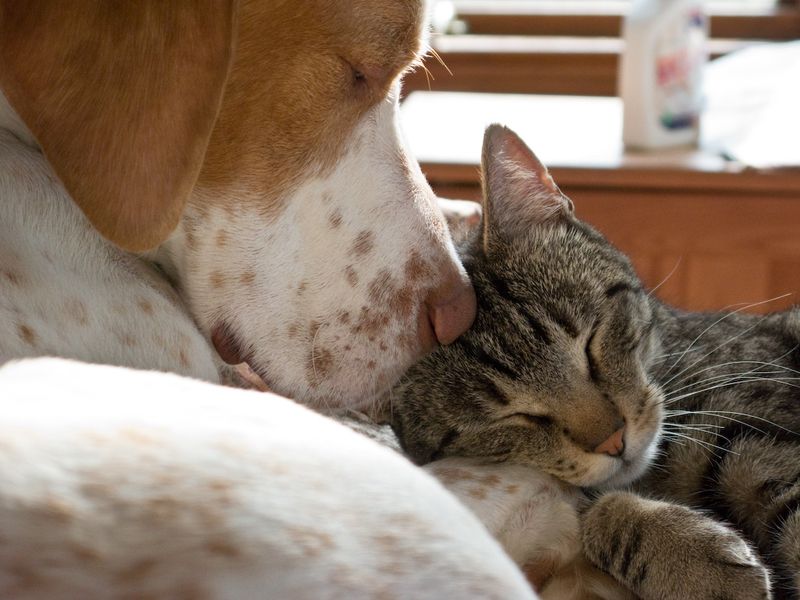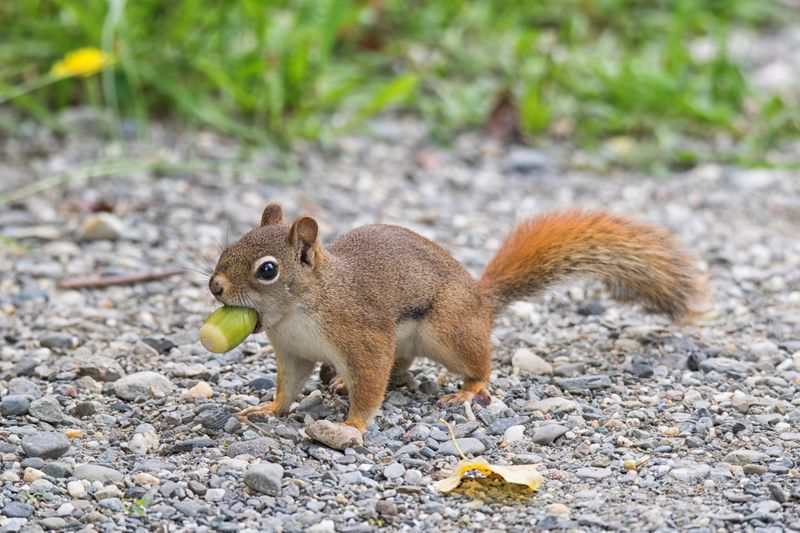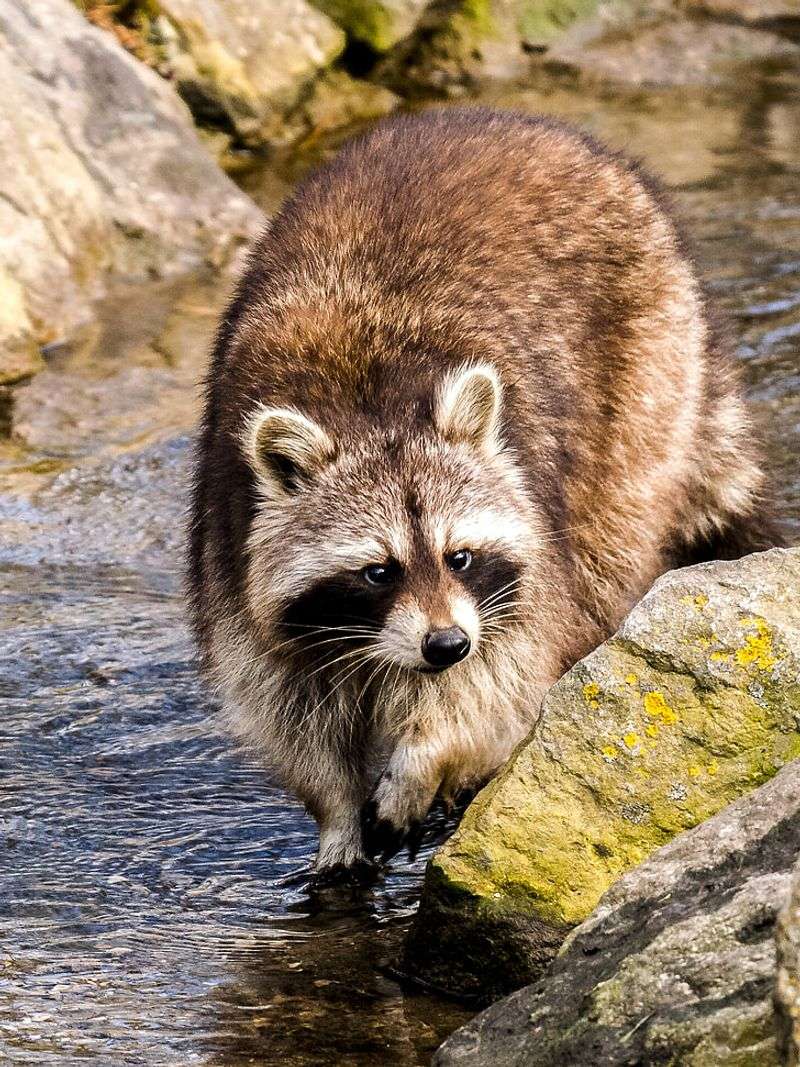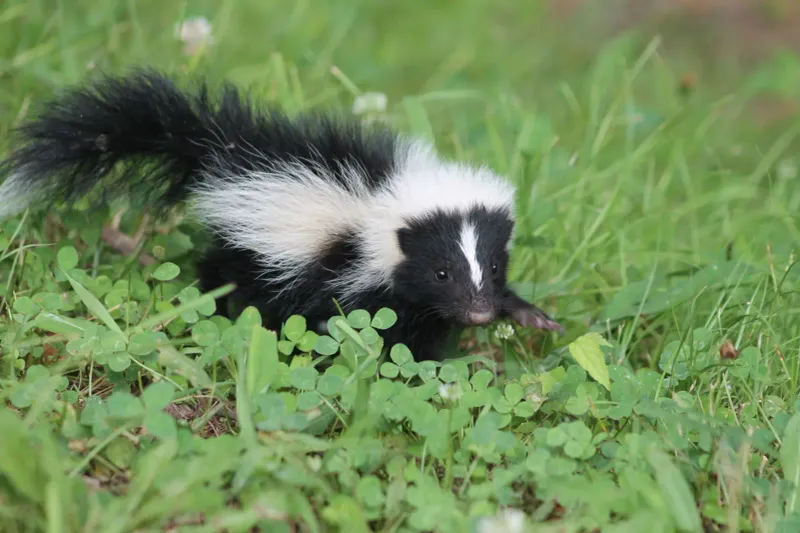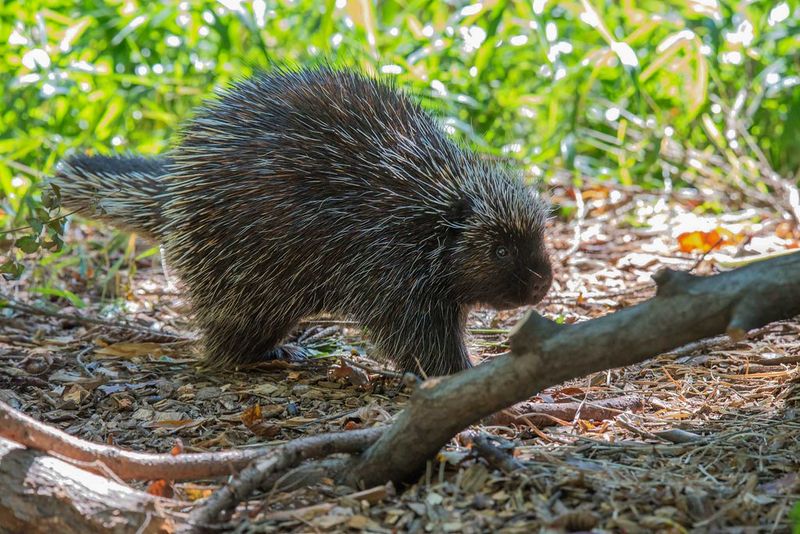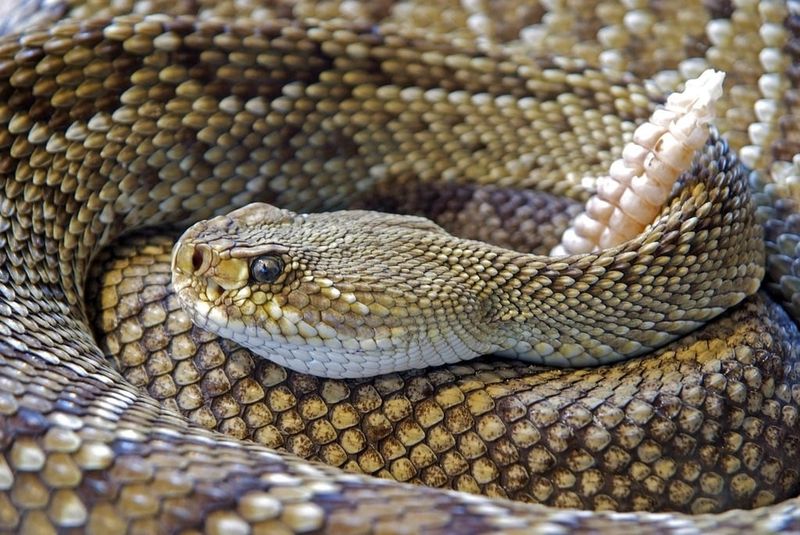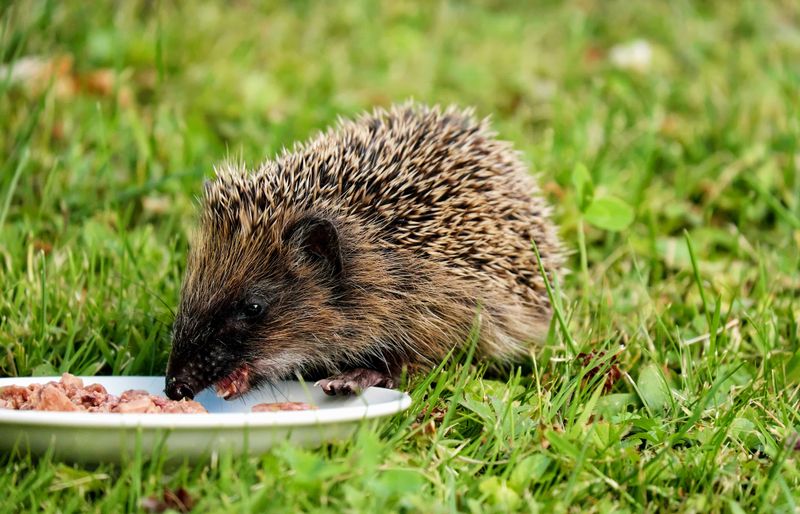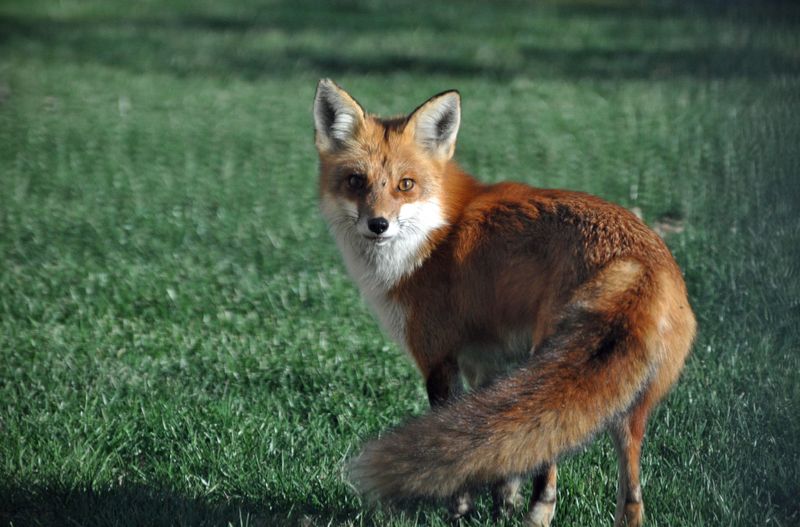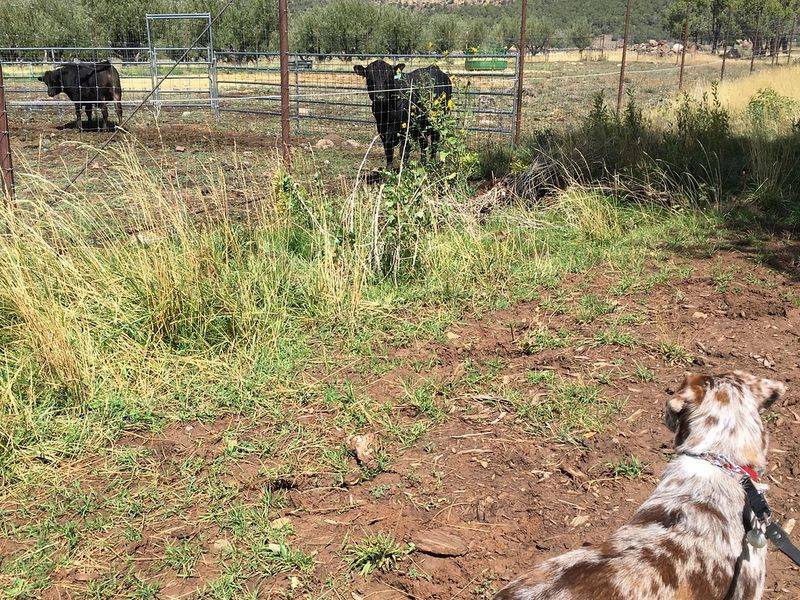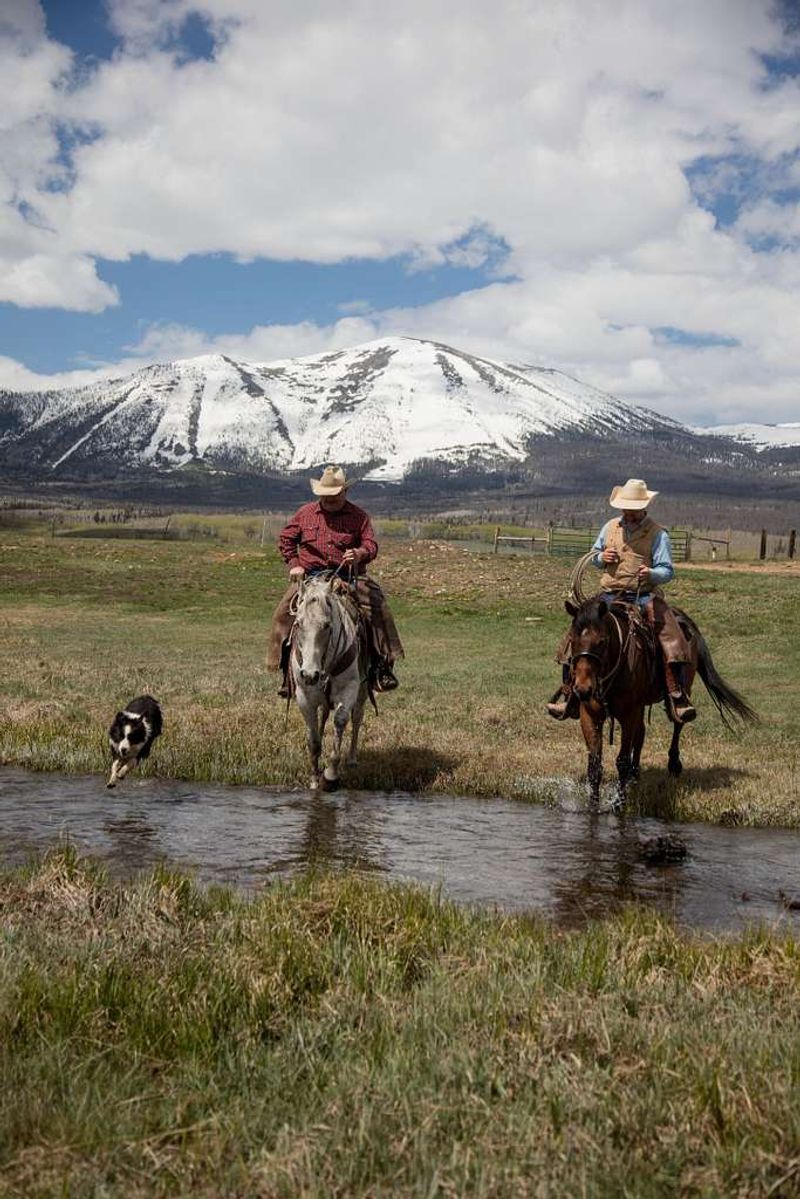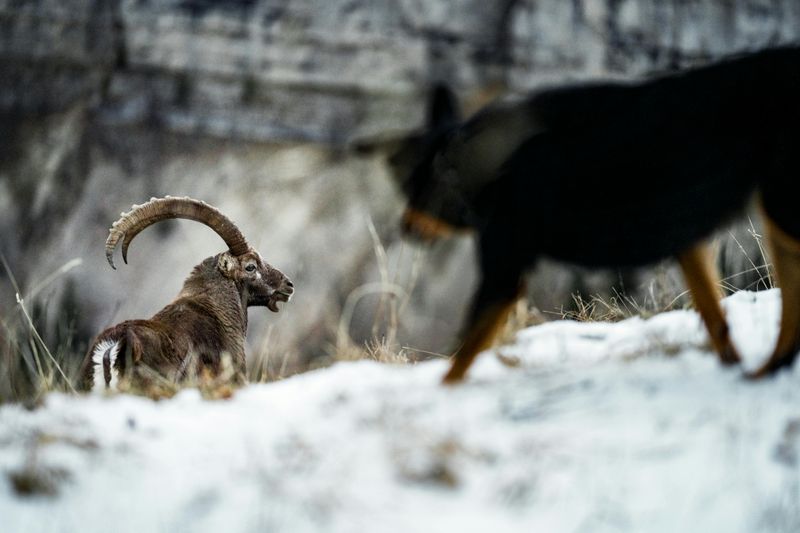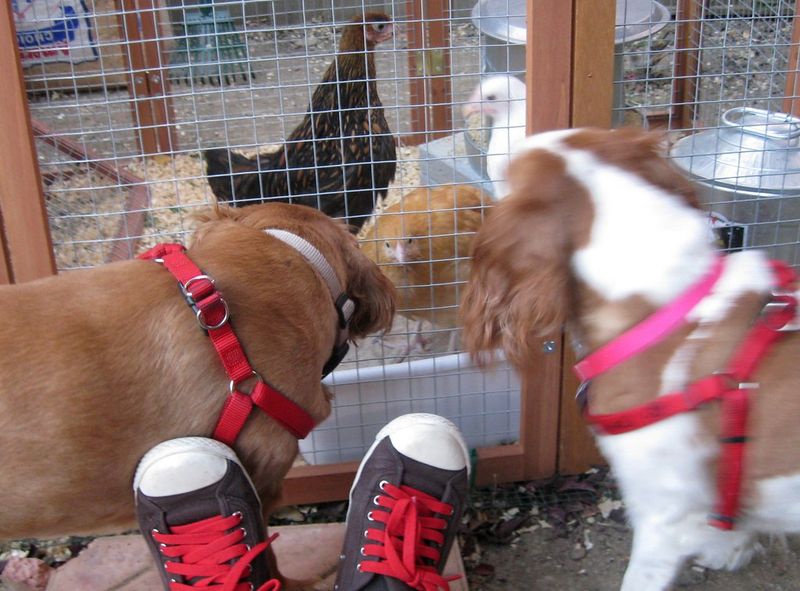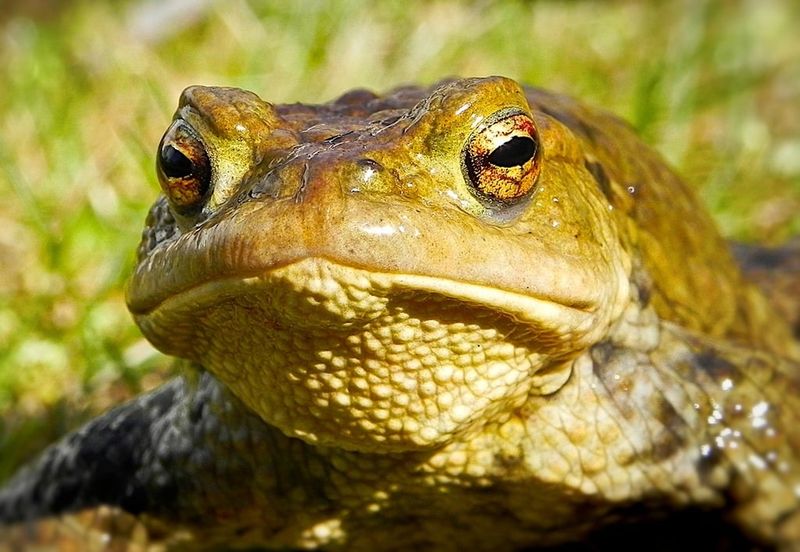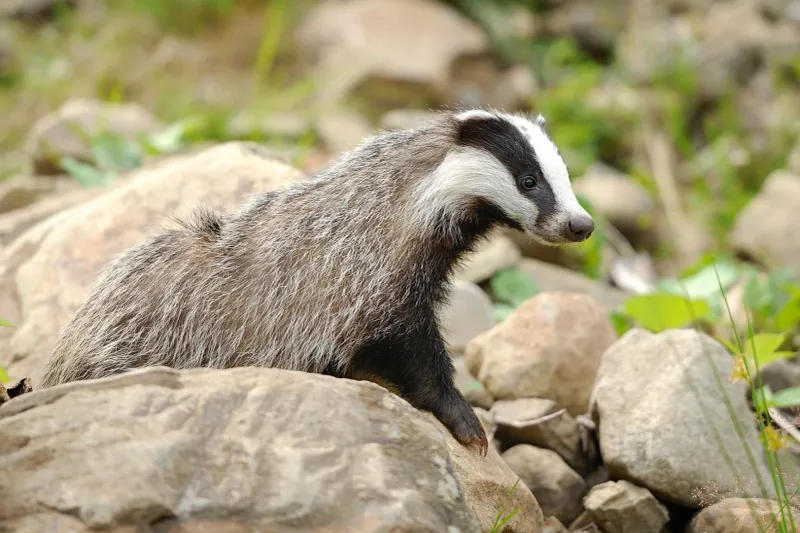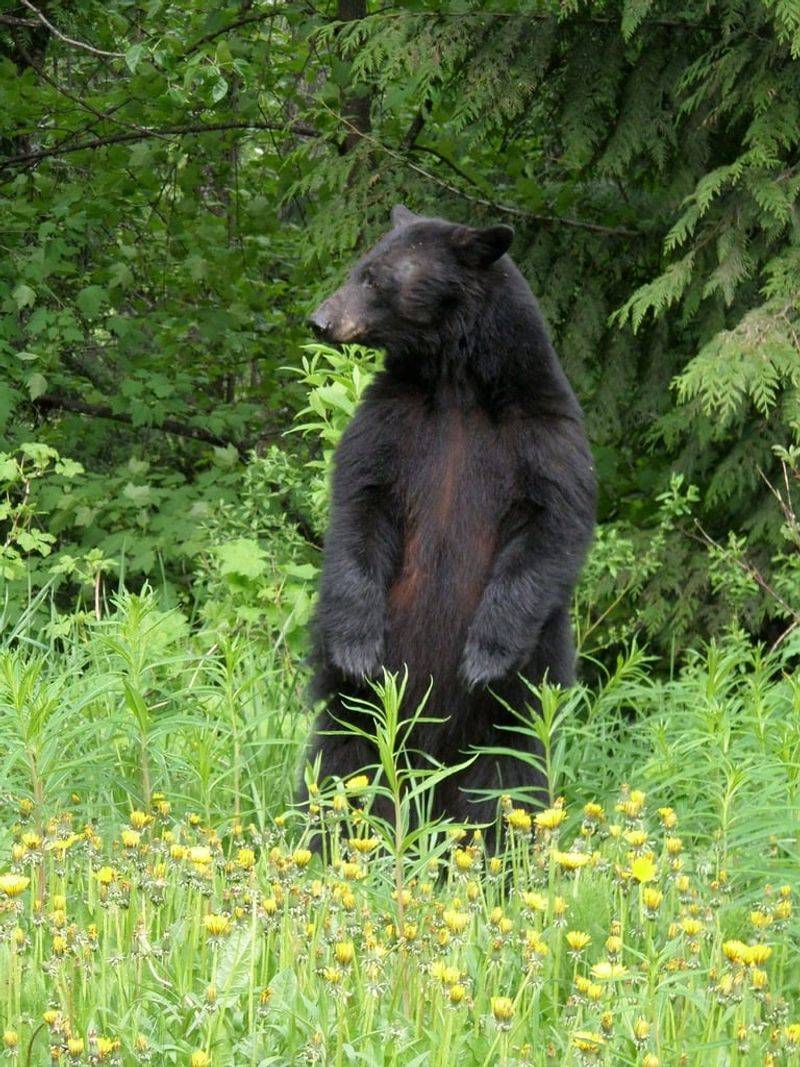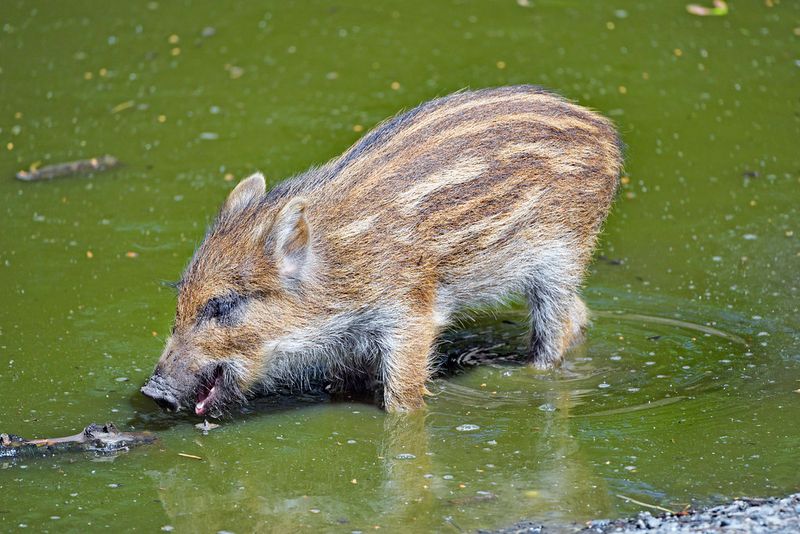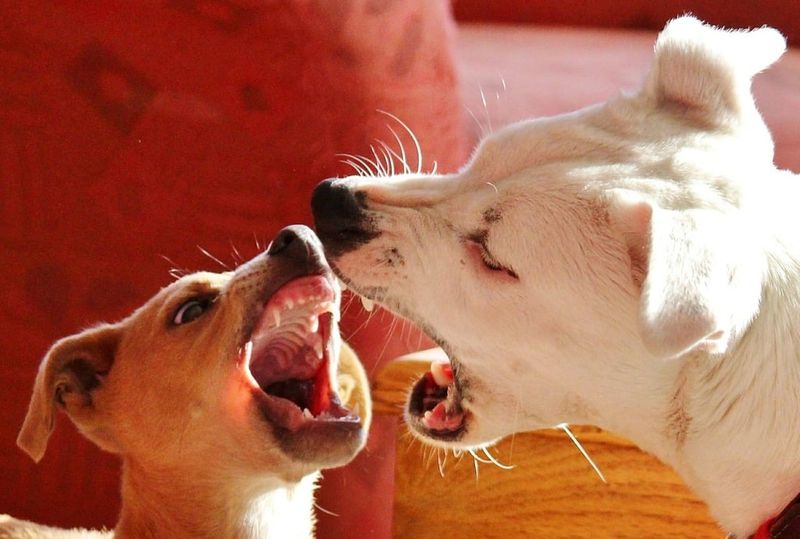Dogs are known for their friendly nature, but there are certain animals they often find challenging to coexist with. While some interactions may be playful, others can lead to misunderstandings or conflicts. Understanding these dynamics can help pet owners manage encounters more effectively.
Cats
Cats and dogs are iconic rivals. With cats’ independent nature and tendency to defend their territory, dogs often find themselves at odds with these feline companions. While some dogs are curious and playful, cats may perceive this as a threat.
The classic chase scenario is often the result of miscommunication. A cat’s swift movements can trigger a dog’s instinct to chase, leading to potential conflict. Patience and gradual introductions can sometimes foster harmony between these two pets.
Interestingly, some dogs and cats do develop deep bonds over time, proving that with patience, peace can prevail.
Squirrels
Squirrels, with their nimble movements and bushy tails, are a constant source of fascination for dogs. Their quick, darting runs and ability to climb trees make them intriguing adversaries. Dogs often see squirrels as prey, leading to relentless chases.
This pursuit can be more about the thrill than any actual hostility. Squirrels, however, are usually unfazed and adept at escaping, often leaving dogs barking at the tree base.
Despite the chaotic chases, these encounters rarely lead to harm, as squirrels are experts at outmaneuvering their canine pursuers.
Raccoons
Raccoons, with their masked faces and dexterous paws, often find themselves in conflict with curious dogs. These nocturnal creatures are not easily intimidated and can be quite defensive if threatened.
Dogs may be intrigued by raccoons rummaging through trash, but a raccoon’s sharp claws and teeth can pose a danger in close encounters. It’s often a standoff, with dogs barking and raccoons hissing.
Owners should be cautious and keep dogs away from raccoons to prevent potential injuries. Raccoons are best observed from a safe distance.
Skunks
Skunks, known for their potent defense mechanism, are animals dogs would be wise to avoid. When a dog approaches too closely, a skunk may release its notorious spray, resulting in an unpleasant experience.
Dogs, driven by curiosity, often ignore the skunk’s warning signals. The aftermath is usually a hasty retreat and an urgent bath. This odor can be difficult to remove and is a memorable lesson for the unsuspecting dog.
Despite their small size, skunks are a formidable opponent, and dogs quickly learn to keep their distance after one encounter.
Porcupines
Porcupines present a prickly situation for curious dogs. With their quills poised as a natural defense, these rodents can quickly turn a dog’s curiosity into discomfort.
If a dog gets too close, a swift encounter can result in painful quills lodged in their skin. This experience is often a painful deterrent for dogs, who quickly learn to approach with caution.
It’s a classic case of curiosity having unfortunate consequences, as dogs rarely forget the discomfort of a porcupine encounter. Owners must be vigilant in porcupine habitats.
Snakes
Snakes, with their slithering movements, intrigue many dogs. However, this curiosity can lead to dangerous encounters, especially with venomous species. Dogs might mistake a snake for a toy or challenge, which can have dire consequences.
A snake’s defense is swift and can lead to bites that require immediate medical attention. In areas where snakes are prevalent, it’s crucial for owners to be vigilant and proactive.
Training dogs to avoid snakes can prevent these risky encounters, ensuring both the dog’s and snake’s safety in natural habitats.
Hedgehogs
Hedgehogs, with their spiny exteriors, present a unique challenge for dogs. Their instinctive curl into a ball of spikes is a strong defense against inquisitive noses.
Dogs, intrigued by the hedgehog’s small size and movements, often approach with playful intentions. However, a quick encounter with those sharp spines can lead to a swift lesson.
Though not harmful in the long term, the experience is often enough to deter repeat interactions. Hedgehogs, in turn, remain largely unfazed by their curious canine observers.
Rats and Mice
Rats and mice, common in urban settings, pique a dog’s hunting instincts. These small rodents move quickly and unpredictably, capturing the attention of many a city pooch.
Dogs may engage in frantic digging or intense sniffing as they pursue these elusive creatures. While the chase is often more about instinct than aggression, it can lead to property disruption.
Ultimately, the interaction is usually short-lived, with the rodents finding clever escape routes. This dynamic results in an energetic, though often futile, pursuit for the determined dog.
Coyotes
Coyotes, known for their cunning and adaptability, pose a significant challenge to dogs. These wild canids are territorial and may see domestic dogs as threats or competition.
While some dogs may attempt to challenge coyotes, it’s important for owners to intervene. Coyotes can be aggressive, especially if they feel cornered or protective of their territory.
Communities near coyote habitats must exercise caution, especially during dawn and dusk when sightings are more common. Keeping pets leashed and supervised is essential to prevent dangerous encounters.
Foxes
Foxes, with their cunning nature and elusive charm, often intrigue dogs. These interactions can be more about curiosity than conflict, as foxes are generally non-aggressive towards dogs.
Foxes can outsmart dogs with their swift movements and agility. While some dogs may give chase, foxes often dash into the underbrush, easily evading their pursuers.
Although foxes tend to avoid direct confrontation, it’s wise to ensure dogs don’t engage in prolonged chases. Foxes, with their playful demeanor, prefer to keep interactions brief.
Hawks and Large Birds
Large birds like hawks can pose a threat to small dogs. These powerful aerial predators have been known to perceive tiny pets as potential prey.
Dogs, oblivious to the danger above, may not sense the threat until too late. Owners must remain vigilant, especially in open areas where hawks are known to hunt.
While attacks are rare, awareness is key to preventing potential harm. Keeping small dogs on a leash and under supervision helps ensure their safety against these majestic yet formidable birds.
Cows
Cows, with their massive size and gentle demeanor, can be intimidating to dogs. While cows are generally docile, their sheer presence can be overwhelming for smaller dogs.
Inquisitive dogs may approach cows with playful intent, but a cow’s sudden movement or defensive stance can startle them. Cows may become protective if they feel threatened, especially those with calves.
It’s important to monitor dog-cow interactions to prevent stress or injury. Keeping dogs under control in grazing areas ensures peaceful coexistence with these gentle giants.
Horses
Horses, with their majestic stature, can be both fascinating and intimidating for dogs. While some dogs may be curious, horses’ size and strength can quickly subdue a canine’s bravado.
A horse’s sudden movement or swift kick can pose a significant danger to an unsuspecting dog. Supervision is crucial to prevent any accidental harm.
Despite the potential for conflict, many dogs and horses form unlikely friendships, with dogs trotting alongside their equine companions. Respect and caution are key in these interactions.
Goats
Goats, with their playful nature and stubborn streak, present a unique challenge to dogs. Known for their headbutts and agility, goats are not easily intimidated.
Dogs might be drawn to their lively antics, but goats can quickly assert dominance if provoked. A dog’s playful bark can be met with a swift charge or headbutt.
These interactions are often more comedic than confrontational, with both animals playing off each other. However, supervision ensures that playfulness doesn’t escalate into aggression.
Sheep
Sheep, with their gentle and flocking nature, are often herded by dogs. However, not all dogs are natural herders, and some may struggle to control their instincts.
Untrained dogs might chase sheep out of curiosity or excitement, causing stress to the flock. Proper training is essential for dogs to interact positively with sheep.
When trained, dogs can become invaluable herding partners, guiding sheep with precision. The harmony achieved between a skilled herding dog and a well-managed flock is a testament to teamwork.
Chickens
Chickens, with their clucking and pecking, can captivate a dog’s attention. Dogs might be drawn to the flurry of activity, leading them to chase or investigate.
While chickens aren’t usually aggressive, a dog’s presence can cause panic among the flock. Supervision is key to ensuring that dogs interact gently with these feathered creatures.
With training, dogs can learn to coexist peacefully with chickens, protecting them from potential predators rather than becoming a threat themselves.
Frogs and Toads
Frogs and toads, with their hopping movements and peculiar croaks, intrigue many dogs. While they appear harmless, some toads can be toxic to dogs if ingested.
A curious sniff or lick can lead to unpleasant symptoms for the dog, prompting a swift vet visit. It’s important for dog owners to be aware of the local species and their potential dangers.
Despite their allure, frogs and toads are best observed from a distance, ensuring that both the dog and the amphibian remain unharmed.
Badgers
Badgers, with their burly build and fierce demeanor, are not animals to be trifled with. Dogs, emboldened by curiosity, may find themselves in a tense encounter if they approach a badger’s territory.
Badgers are known to stand their ground and can be quite aggressive if threatened. Their strong claws and sharp teeth make them formidable opponents.
It’s crucial for owners to prevent any confrontation between dogs and badgers, ensuring both animals remain safe. Badgers prefer solitary lives, away from canine curiosity.
Bears
Bears, with their immense size and strength, should always be avoided by dogs. In areas where bears roam, encounters can be dangerous for both the dog and the bear.
Bears are generally non-aggressive unless provoked, but a dog barking or chasing can trigger defensive behavior. It’s vital for owners to keep dogs leashed and close in bear country to prevent any risky situations.
Despite their curiosity, dogs must learn to respect the boundaries of these powerful animals to ensure safety for all.
Wild Boars
Wild boars, with their tusks and unpredictable nature, can be a serious threat to dogs. These animals are territorial and may charge if they feel threatened.
A dog’s playful or inquisitive approach can quickly turn dangerous if a boar perceives it as a threat. It’s critical for owners to maintain control over their pets in areas where wild boars are present.
While dogs may be bold, it’s imperative to respect the boar’s space to avoid confrontation. Awareness and caution are crucial for safety.
Other Dominant Dogs (Pack Rivalry)
Interactions between dominant dogs can sometimes lead to pack rivalry. Dogs, being social animals, establish hierarchies which can lead to conflicts when two dominant personalities meet.
These standoffs are often marked by growling, posturing, or barking. While many resolve without escalation, supervision is necessary to prevent fights.
Understanding canine body language and ensuring proper introductions can help mitigate these conflicts. With guidance, even dominant dogs can learn to coexist peacefully with their peers.

